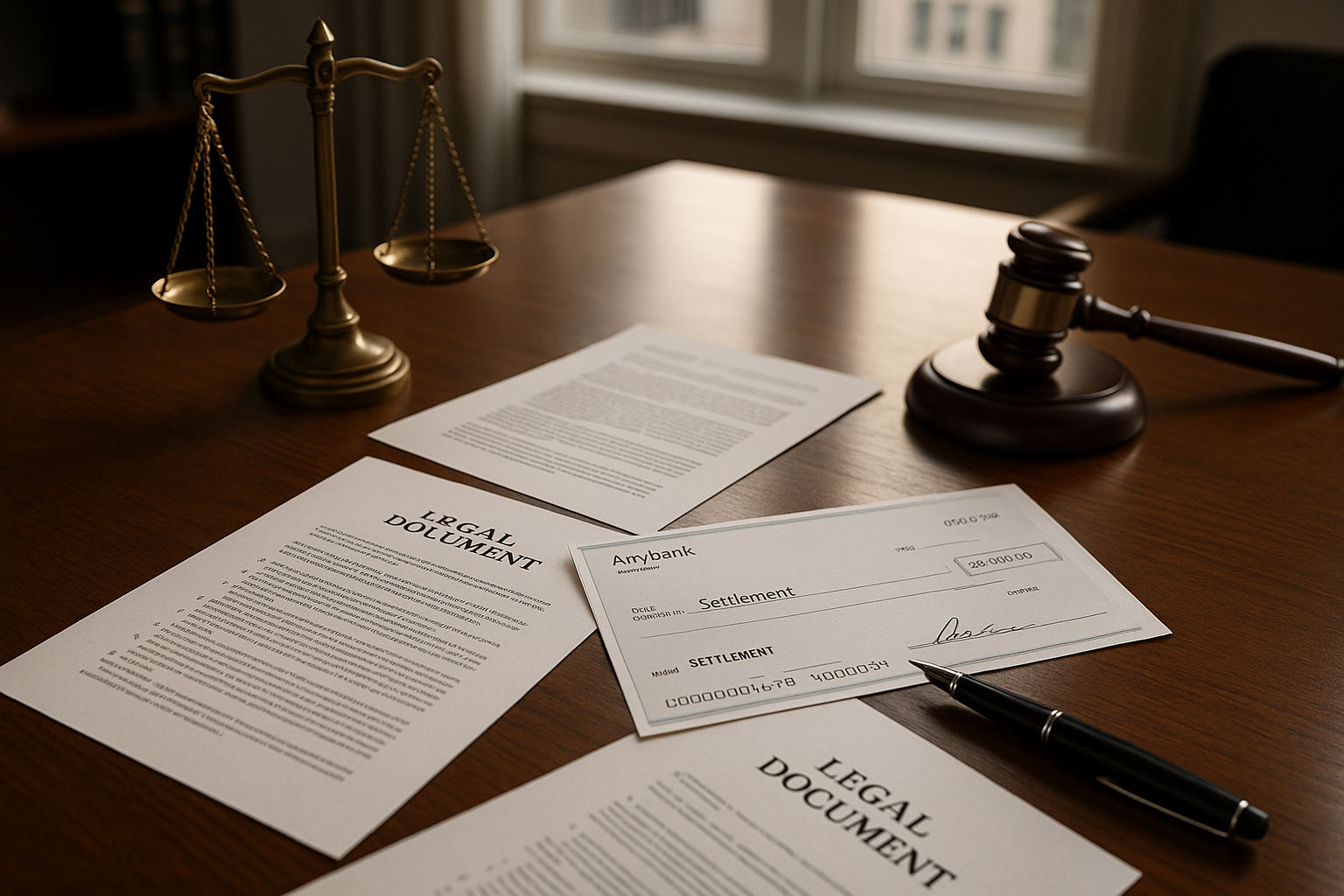Get Big Settlements By Understanding Personal Injury Claims
Unlock the potential for substantial financial recovery by mastering the intricacies of personal injury claims, and as you explore the nuances, don't forget to browse options and visit websites that can guide you through this complex process.

Understanding Personal Injury Claims
Personal injury claims are legal disputes that arise when one person suffers harm from an accident or injury, and someone else might be legally responsible for that harm. The goal of a personal injury claim is to seek compensation for the injured party's medical expenses, lost wages, and other related costs. To navigate this effectively, it's crucial to understand the types of claims, the process involved, and the potential for settlement.
Types of Personal Injury Claims
There are several types of personal injury claims, each with its own nuances. Common types include:
- **Motor Vehicle Accidents**: These are the most common personal injury claims. They involve car, truck, motorcycle, and pedestrian accidents. According to the National Highway Traffic Safety Administration, there were over 6 million police-reported crashes in the United States in 2019 alone1.
- **Medical Malpractice**: This occurs when a healthcare professional fails to provide the standard of care, resulting in harm to the patient. The Journal of the American Medical Association reports that medical negligence is the third leading cause of death in the U.S.2.
- **Workplace Accidents**: Injuries that occur on the job can lead to workers' compensation claims. The Bureau of Labor Statistics noted that there were 2.8 million nonfatal workplace injuries and illnesses reported by private industry employers in 20193.
The Personal Injury Claim Process
The process of filing a personal injury claim typically involves several steps:
1. **Initial Consultation**: It begins with consulting a personal injury lawyer to discuss the details of your case. Many law firms offer free consultations, which can be a great opportunity to explore your options without financial commitment.
2. **Investigation**: Your lawyer will investigate the incident, gather evidence, and build a case. This includes obtaining police reports, medical records, and witness statements.
3. **Filing the Claim**: Once the case is built, your lawyer will file a claim with the responsible party's insurance company. This step is crucial for initiating the negotiation process.
4. **Negotiation**: Most personal injury cases are settled out of court. Your lawyer will negotiate with the insurance company to reach a fair settlement. According to the Insurance Research Council, approximately 95% of personal injury cases are settled pre-trial4.
5. **Litigation**: If a settlement cannot be reached, your lawyer may file a lawsuit, and the case will go to trial. This is less common but necessary in some cases to ensure fair compensation.
Maximizing Your Settlement
To maximize your settlement, it's essential to understand the factors that influence the value of your claim. These include the severity of your injuries, the impact on your earning capacity, and the degree of fault of the other party. Additionally, hiring an experienced personal injury lawyer can significantly affect the outcome. Lawyers typically work on a contingency fee basis, meaning they only get paid if you win your case, which aligns their interests with yours.
Exploring Further Options
For those seeking more tailored advice or specialized services, there are numerous resources and legal firms dedicated to personal injury law. By visiting websites and browsing options, you can find professionals who specialize in specific types of claims, such as workplace injuries or medical malpractice. This targeted expertise can be invaluable in navigating the complexities of your case.
Understanding personal injury claims and the process involved is crucial for securing a favorable settlement. By leveraging the resources available and seeking expert legal advice, you can navigate this challenging landscape effectively. As you explore these options, remember that each step you take brings you closer to achieving the compensation you deserve.